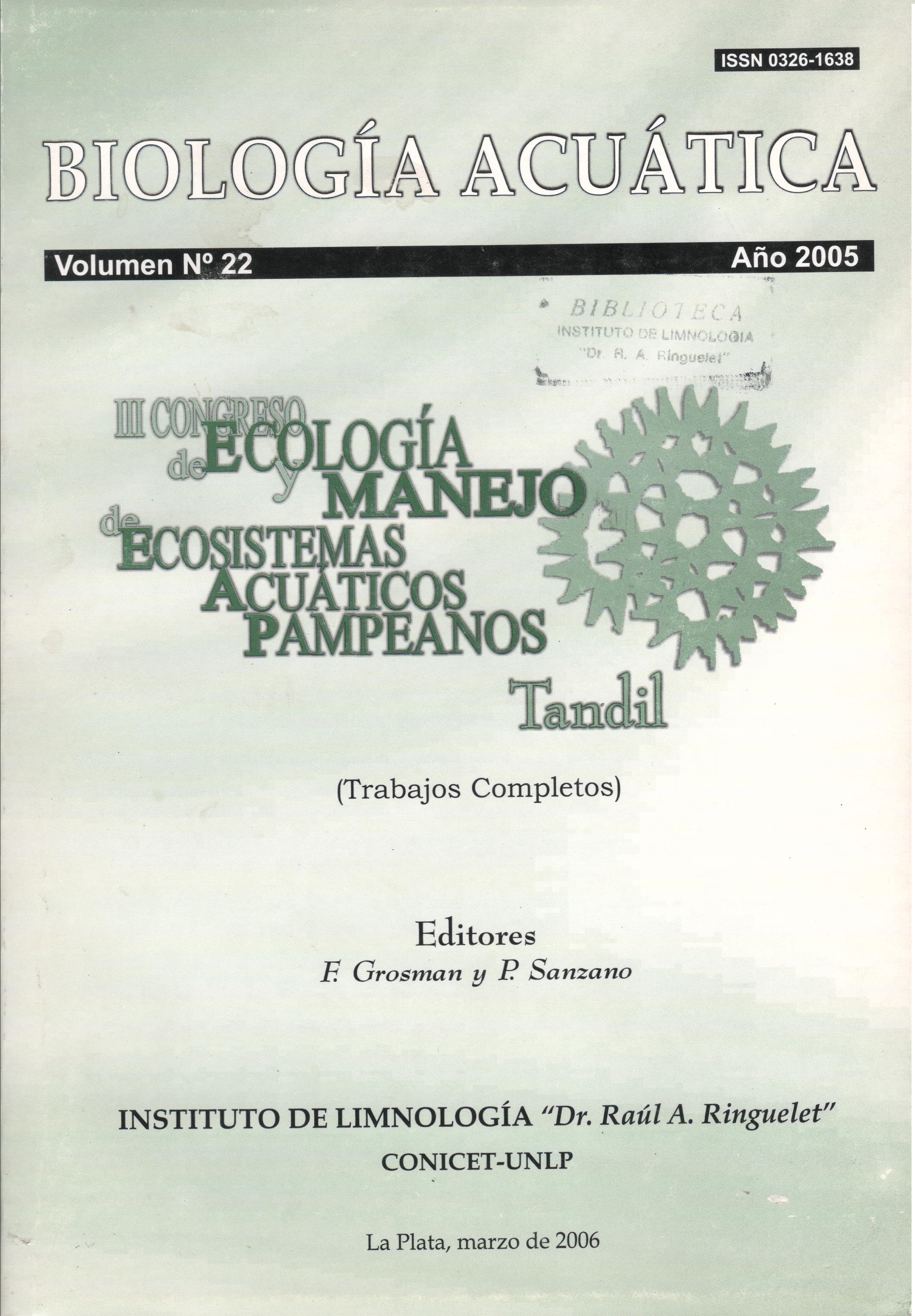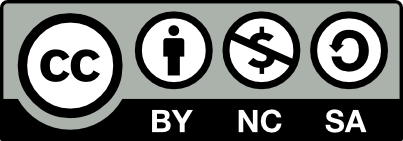Estructura y dinámica de rotíferos planctónicos en dos lagunas pampásicas: similitudes y diferencias
Palabras clave:
rotíferos, plancton, lagunas pampásicas, variación temporal, ArgentinaResumen
The structure and dynamic of planktonic rotifers were analysed in successive years in two shallow lakes (Lacombe and San Miguel del Monte) with different hydrological characteristics and aquatic macrophytes. Lacombe is characterized by the absence of tributaries, its small area and the presence of central annular stands of emergent macrophytes (Scirpus californicus) that reduce the open water sector. In this lake, during the study colonization by sumerged macrophytes occurred and an extensive clear water period was detected. San Miguel del Monte has two affluents and the emerged macrophytes (S. californicus) are observed in some littoral sectors. Two sampling stations were located in both lakes: one at the deeper part of the lake and the other in a sector with emergent macrophytes. Spatial-temporal changes of planktonic rotifers in the water column were examined. The perennial species found in these shallow lakes are considered to be common in eutrophic waters, eurytopic, and are widely distributed. The 59% of total species richness were common to both environments. The minor number of species recorded in Lacombe could be related to the structure of the egg banks in sediments and the impossibility of certain species to colonize from other water bodies. The occurrence of sumerged macrophytes (Potamogeton pectinatus and Myriophyllum quitense) in Lacombe favoured the presence of numerous periphytic species of Trichocercidae and Lecanidae in the open water sector. Records of some species (Brachionus havanaensis, B. plicatilis, Hexarthra fennica, Keratella cochlearis, Notholca acuminata and N. squamula) were related to their temperature or salinity preferences. Two rotifer peaks were recorded in Lacombe: one in later spring-early summer and other in autumn, whereas in San Miguel del Monte occurred in spring and early summer. In particular occasions during these seasons, the rotifer abundance diminished related to abundant local rainfall that stressed rotifer populations.






















